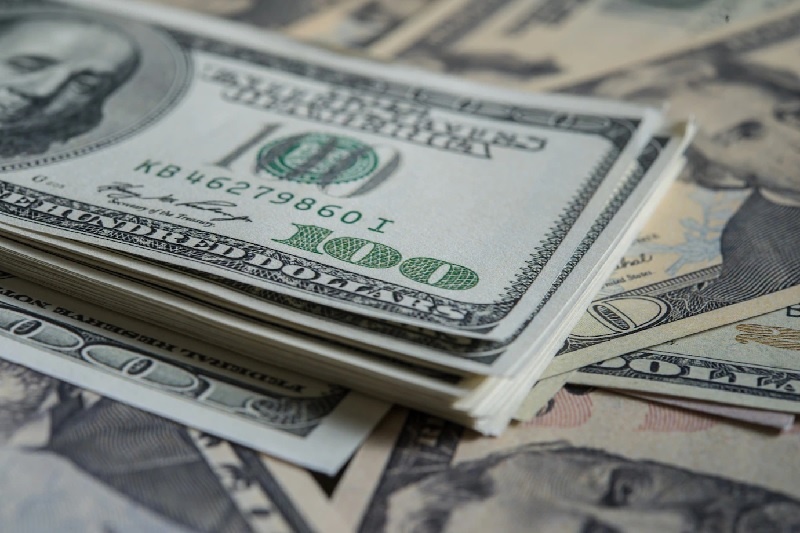Loans central to public debt restructuring
 |
| illustration photo/ source: freepik |
Deputy Prime Minister Le Minh Khai has signed and released Decision No.448/QD-TTg approving Vietnam’s programme on public debt management for 2022-2024 as well as a strategy on public debt borrowing and payments for the remainder of this year.
The prime target is to ensure sufficient loans via diversified sources of capital and borrowing models both at home and abroad, in order to meet the demand of balancing the state budget, including loans for implementing the fiscal policies in support of the nation’s Programme on Socioeconomic Development and Recovery.
The government also aims to “closely control debt safety norms, ensuring public debt stays within the limit permitted by the National Assembly,” said the decision.
Under Decision 448, total loans for the 2022-2024 period will be a maximum of $88.87 billion, including $83.78 billion for the central budget and $5.09 billion for refinancing. The total debt to be paid by the government in this period is estimated to be $48.52 billion, including direct payment of $42.21 billion and refinancing payment of $6.31 billion.
“It is necessary to take the initiative in debt payment with overdue debts not allowed to happen as it will affect the government’s international commitments,” read the decision.
In 2022 alone, the government will have to use $14.6 billion for debt payments. As for public debt borrowing and payment for this year, the government will borrow a maximum sum of $29.28 billion, including $28.12 billion for the central coffers and $1.16 billion for refinancing.
“The capital will be mobilised flexibly from government bond issuances with an average tenor of under nine years - if necessary, such bond issuances can be conducted with foreign currencies; from official development assistance and foreign concessional loans; and if necessary, capital can be borrowed from other legal financial sources or from government bond issuances for the State Bank of Vietnam,” said Decision 448.
Meanwhile, the government will this year pay a total debt of about $14.6 billion, including $13 billion for direct payment and $1.6 billion for debts in refinanced projects.
A number of high-profile international organisations have proposed support for the country to push up socioeconomic development.
In late March, World Bank vice president for East Asia and Pacific Manuela V. Ferro paid a five-day visit to Vietnam, reaffirming the institution’s commitment to supporting Vietnam in realising its goals of becoming a high-income economy by 2045 and reaching net-zero emissions by 2050.
“We are committed to working with Vietnam as it charts a renewed course towards ambitious development goals,” Ferro said. “Our partnership will focus on strategic areas that promote productivity-led, climate-resilient, inclusive growth, contributing to the World Bank’s global and local expertise.”
Ferro and Prime Minister Pham Minh Chinh also agreed to jointly produce a report, Vietnam 2045, that will offer pathways and solutions for Vietnam to realise its aspiration of becoming a high-income economy. The report will take stock of the pace of reforms laid out in 2016’s Vietnam 2035 roadmap, analyse how Vietnam’s economic trajectory has been affected by the pandemic and other global trends, and provide recommendations to inform policy reform discussions leading up to the 14th Party Congress, scheduled for 2026.
Meanwhile, the Asian Development Bank (ADB) has also been offering its support for Vietnam. It is offering two climate financing initiatives that provide highly concessional funds and support Vietnam’s accelerated replacement of coal with renewable energy.
Last year, the ADB also approved a $60 million financing package to improve the climate resilience of transport and water supply infrastructure in Vietnam’s south-central coastal provinces of Binh Dinh and Quang Nam, especially in remote upland districts with large ethnic minority communities. The package includes $58 million in regular ADB loans and a $2 million grant from its High-Level Technology Fund.
What the stars mean:
★ Poor ★ ★ Promising ★★★ Good ★★★★ Very good ★★★★★ Exceptional
Related Contents
Latest News
More News
- Tax sector wraps up 2025 and sets priorities for next year (December 25, 2025 | 14:00)
- A tipping point for digital and hybrid wealth management in Vietnam (December 23, 2025 | 13:33)
- $250 million deal targets women-owned SMEs, sustainable agriculture (December 22, 2025 | 17:40)
- Stock market posts resilient 2025 performance (December 19, 2025 | 18:17)
- Citi Vietnam receives 2025 AmCham CSR recognition (December 19, 2025 | 16:35)
- As global green supply chain reshapes, will Vietnam be left behind? (December 19, 2025 | 08:00)
- Banks gear up for massive capital increases (December 18, 2025 | 17:04)
- Securing capital and efficiency for Vietnam’s 2026-2030 growth ambitions (December 17, 2025 | 10:00)
- Energy sector in need of blended finance mechanisms (December 17, 2025 | 09:00)
- Vietnam still has room to mobilise capital for sustainable growth (December 17, 2025 | 08:57)

 Tag:
Tag:





















 Mobile Version
Mobile Version